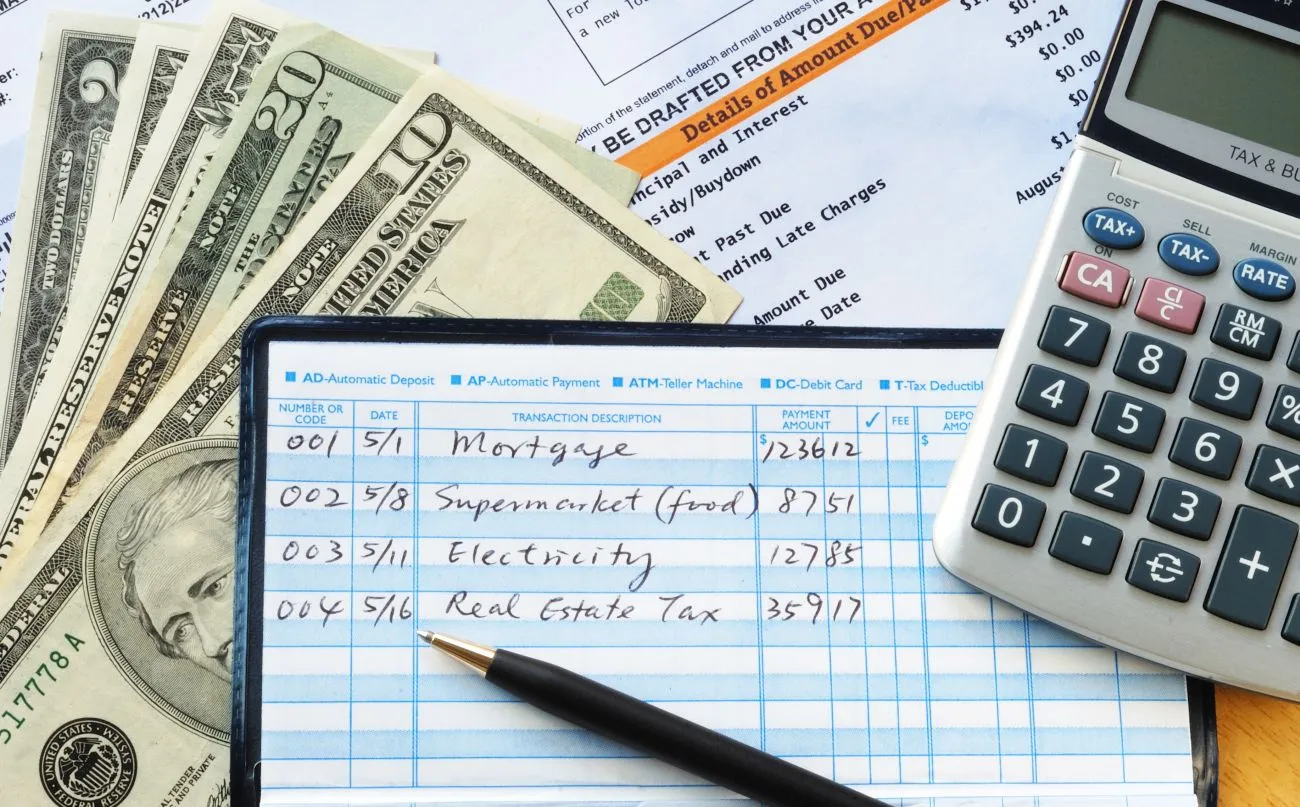When it comes to your finances, one of the most important and frequently used accounts that you might have is your checking account. People use their checking accounts to deposit their earnings, pay their bills, and to spend money on entertainment and recreational activities. Considering it is used so frequently, it makes sense for you to get the most out of your checking account that you can.
To help get the most out of your checking account, we have compiled a list of the top five checking accounts for 2018.
1. Wells Fargo
With numerous branches across the U.S., Wells Fargo is a great choice for you if you want to be able to go into a bank and talk to a real person when you need help. Founded in 1982, Wells Fargo is one of the oldest national banks in the U.S. As such, it is the third largest bank in the U.S.
The most popular checking account offered by Wells Fargo for consumers is the Everyday Checking Account. This account allows you to open an account for just $25. The Everyday Checking comes with several great features, including online bill pay, mobile banking, 24/7 fraud monitoring, and 24/7 customer service.
The bank charges waivable monthly fees of $10 for people who are 25 and older or $5 for people who are 17 to 24. If you make 10 or more purchases with your Wells Fargo debit card during the month, deposit at least $500 by direct deposit into your account, or carry a minimum daily balance of $1,500 each month, you can avoid paying the monthly checking account fee. Plus, Wells Fargo has more than 13,000 ATMs across the U.S.
Pros of Wells Fargo
- Ability to go into a local branch
- Low minimum deposit to open account
- Availability of fee waivers
Cons of Wells Fargo
- Monthly fees
- No opening bonus
- Fees to use other ATMs
2. Bank of America
Another national brick-and-mortar bank, Bank of America is the second-largest bank in the U.S. by total assets. Like Wells Fargo, choosing Bank of America allows you to go into a physical branch when you want to talk to someone, or you can instead complete your banking on the bank’s website.
The Bank of America Core Checking Account is the best checking account for students and for most consumers. It requires a low opening deposit of $25. The best feature of this account is the $0 liability guarantee. If your card is lost or stolen and fraudulent transactions are made, the bank will credit the money that you lost back to your account within a business day. You can also take advantage of the bank’s photo security and opt to have your picture on the front of your debit card to reduce the risk of fraud.
The monthly checking account fees for the Core Checking Account are $12, but you can have them waived if you are under age 24, keep a minimum daily balance of $1,500 or have at least $250 deposited into your checking account each month. Bank of America also has 16,800 ATMs across the nation.
Pros of Bank of America
- Thousands of in-network ATMs
- Low opening deposit
- Waivable checking fees
- $0 liability protection
- Photo security
Cons of Bank of America
- Charges monthly fees
- Charges $2.50 for out-of-network ATMs
3. Ally Bank
Ally Bank is an online bank that offers interest-bearing accounts with higher interest rates than you can expect from traditional banks. Its Interest-Bearing Checking Account pays interest of 0.10 percent if your minimum daily balance is under $15,000. There are no monthly maintenance fees, and customer service is available by phone 24 hours per day.
If you need to withdraw money, you are able to use an Allpoint ATM in the U.S. free of charge. The bank also gives you up to $10 each month in reimbursements if you use other banks’ ATMs. Plus, the bank allows you to use Zelle to securely send money to friends or family free of charge.
Pros of Ally Bank
- No minimum opening deposit
- No monthly fees
- Interest-bearing checking accounts
Cons of Ally Bank
- No physical branches to walk into
- No way to deposit cash
4. Schwab
Schwab is not a bank, instead it’s an investment company that offers brokerage accounts, investment products, and checking accounts. The Schwab Bank High Yield Interest Checking Account is an online account that is linked to your brokerage account. There is no minimum balance for the account, and it does not charge a monthly fee. The account is interest bearing and pays 0.25 percent APY. Schwab provides unlimited rebates to reimburse you for your ATM fees.
In addition to these great features, Schwab also allows you to link your account to your digital wallets when you set up compatible devices. You also will receive free checks and have the ability to pay your bills for free online.
Pros of Schwab
- No minimum balance
- No monthly fees
- Pays interest
Cons of Schwab
- Online checking account
- Must open a linked brokerage account
5. Chase
Chase is a traditional brick-and-mortar bank with a national presence. When you open a new checking account at Chase, you can receive an opening bonus of $200 if you set up direct deposit. The minimum opening deposit for a Chase checking account is $25, and the bank charges monthly maintenance fees of $25. The monthly fee will be waived if you have a minimum of $500 directly deposited into your account each month or have a daily minimum balance of $1,500. Chase charges an overdraft fee of $34.
Pros of Chase
- $200 bonus if you directly deposit within 60 days of opening your account
- Monthly fees are waivable
Cons of Chase
- Does not pay interest
- Overdraft fees are fairly high
